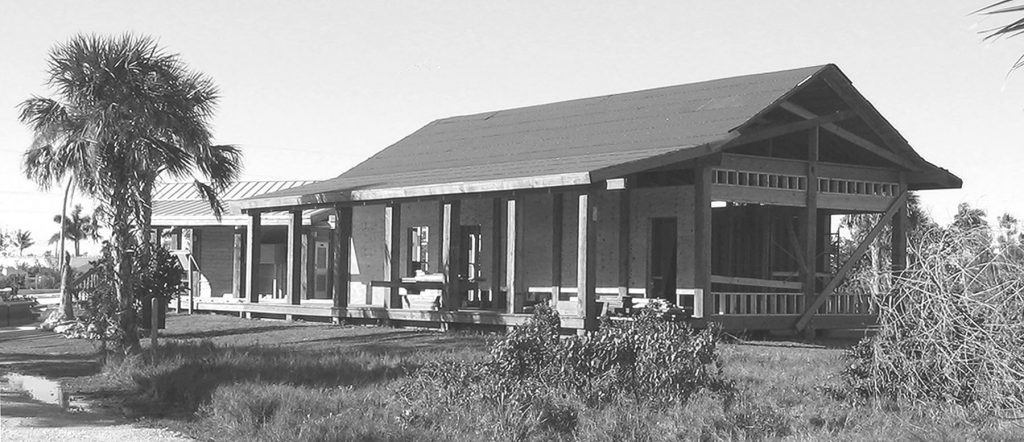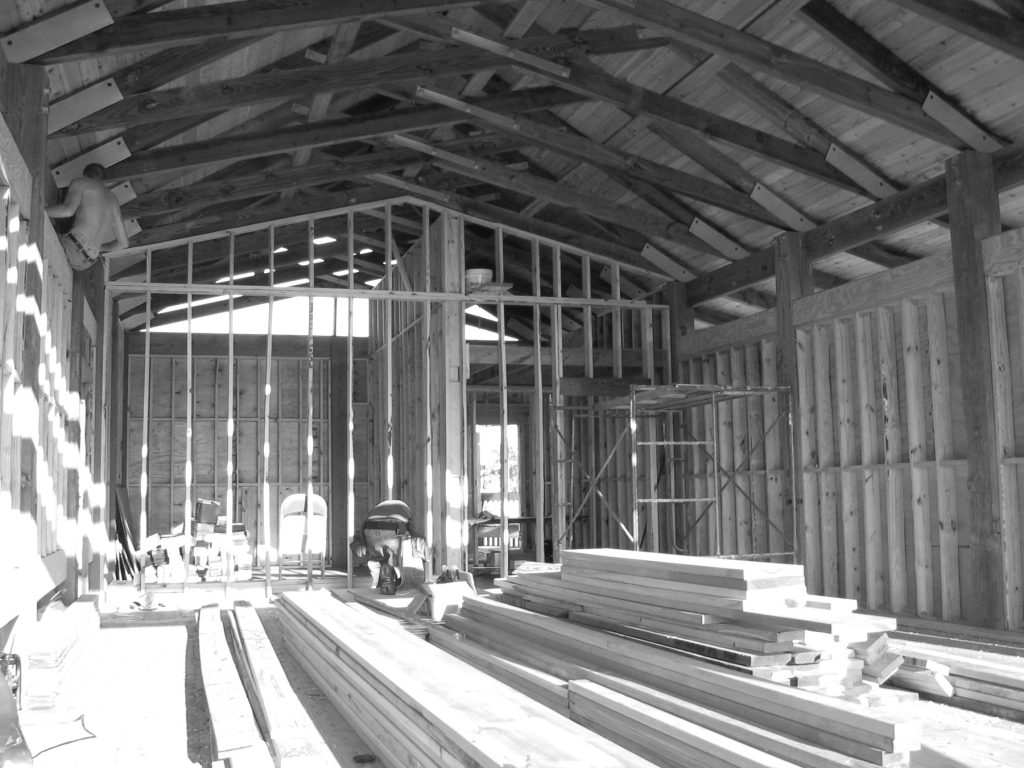A few years ago, I was on Sanibel Island to visit my friend José Leal, Director of the Bailey-Matthews Shell Museum. Having arrived early for our meeting, I decided to see what was going on at the CROW (Clinic for the Rehabilitation of Wildlife) facility just down the street.

The CROW folks had worked with our Florida Museum exhibit staff for years, and were well appreciated locally, but I had never seen their place. I arrived just a few minutes before P. J. Dietschel was about to begin a public presentation in CROW’s teaching pavilion. Dr. Dietschel’s talk was quite interesting, as was the short video she showed. However, I was also impressed by the building in which I was sitting. It was open and airy, yet comfortable. The acoustics were good, and the lighting allowed one to show a video or slide presentation, give a demonstration, or teach a class. I became convinced that we needed something comparable at the Randell Research Center, where school children and adults already came for guided tours, special events, and education programs. At the time, we had no shelter for people on a hot or rainy day, and our restroom facilities consisted of a single chemical toilet.

I brought up the subject at our next RRC advisory board meeting, and the idea was enthusiastically received. Architect Jeff Mudgett offered to design a building that would meet our needs for a teaching pavilion, classroom, bookshop, and restrooms. Engineer Tim Keene volunteered to coordinate the engineering and permitting. Dick Workman said he would donate the environmental-impact work. The Stans Foundation got us started financially with a generous gift, and we were off and running. We broke ground in April, 2003, and the rest rooms and main pavilion were completed later that year. Then more funds had to be raised to complete the classroom and bookshop. Now in early 2006 we are seeing the final stages of construction. In between, there have been many generous gifts and donated services, as well as critical state matching funds.
We thank all who have contributed time and money to make this dream come true. And, to our colleagues at CROW, thanks for the inspiration!
This article was taken from the Friends of the Randell Research Center Newsletter Vol 5, No. 1 March 2006.